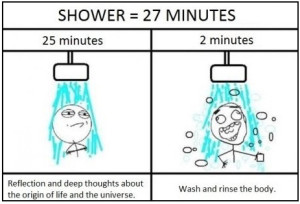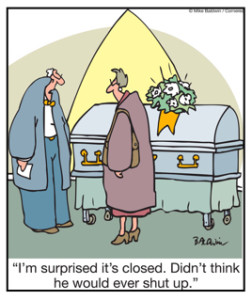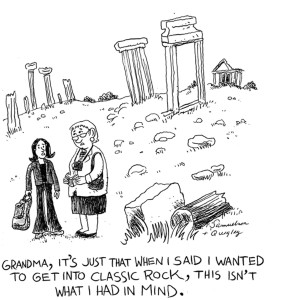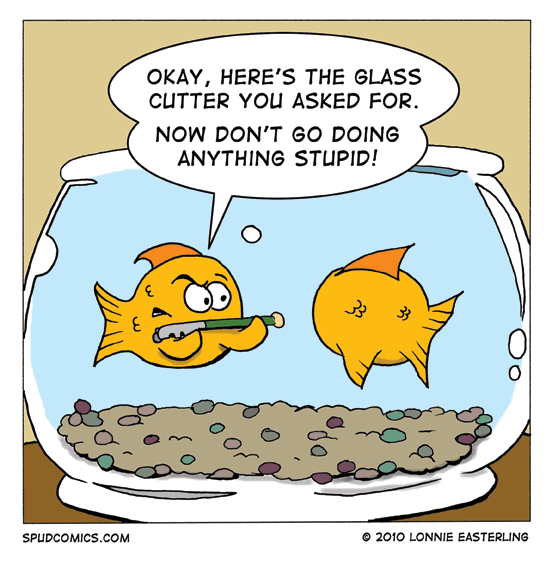 Significant thoughts will change your life.
Significant thoughts will change your life.
Call them what you want — wise sayings, proverbs, maxims, aphorisms, quotes — they are concisely written or spoken linguistic expressions that are especially memorable because of their meaning or structure. Distilled wisdom. Important thoughts reduced to a few choice words.
How do famous sayings come into existence? Who vets all the statements uttered by mankind and decides which ones are given the high honor of becoming timeless and often transcendent? Interestingly, there’s no selection committee and no official vote taken. A combination of time and human censorship filter and cull humanity’s thoughts, and what have survived are nuggets of truth.
Here are some suggestions on how to benefit from significant thoughts.
Constantly search for them
In your reading and conversations, be on the lookout for thoughts that matter. Just this week, while reading a book, I discovered this Chinese proverb: That the birds of worry and care fly above your head, this you cannot change; but that they build nests in your hair, this you can prevent.
Write them down
If you don’t write it down, you’ll lose it. If necessary, write it on a scrap piece of paper until you can transfer it to your thought journal. Steven Covey says, “Writing bridges the conscious and subconscious mind. Writing is a psycho-neuromuscular activity that literally imprints the brain.”
Memorize them
This is the most important, but often neglected, step. When you memorize a statement, it finds a place in your mind and becomes available for reflection and application. Knowledge without memory is useless.
Share them
A.K. Chesterson said, “Thoughts disentangle themselves over the lips and through the fingertips.” Intentional dialogue is a terrific way to “untangle” significant thoughts. Simply introduce one of your thoughts into a conversation you’re having with friends. You might begin by saying, “I’ve been thinking about a phrase and would enjoy hearing your thoughts about it. Here it is…” The conversation will deepen your understanding of the thought and help solidify its place in your mind. It could also add value and meaning to what otherwise might be a frivolous conversation.
Apply them
One of the great moments of life happens when you personally experience, or see someone else experience, truth. For instance, one day I was coaching a young executive who was struggling with how to deal with a toxic team member stirring up strife among his team. I shared with him an ancient proverb, “Remove the scoffer from your midst and strife will cease.” He immediately sensed that it was the right solution to the problem and soon started the process of dismissing the troublemaker. When the man was gone, strife ceased. I enjoyed watching a significant truth impact life.
Significant thoughts will change your life. Learn them and use them.
Click here to see 15 wise sayings that have changed my life.
[reminder]What are your thoughts about this essay?[/reminder]
Summary
What? – Significant thoughts can change your life.
So what? – Proactively integrate important thoughts into your life.
Now what? – Establish a personal system whereby you find, write down, memorize, share, and apply significant thoughts to your life.
Leaders – Don’t underestimate the benefit of integrating key thoughts into the life and culture of your organization. For instance, the maxim “All of us are smarter than any one of us” will help cultivate and empower collaboration among team members. Reiterating the phrase, “Get the right people doing the right thing in the right way” will reinforce the importance of aligning people, goals, and processes.



